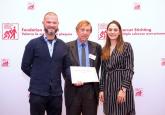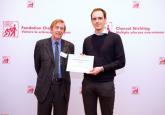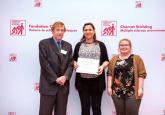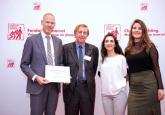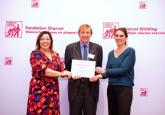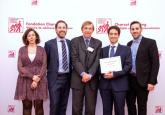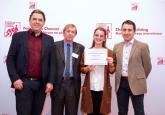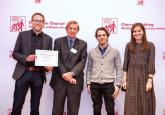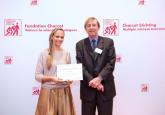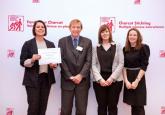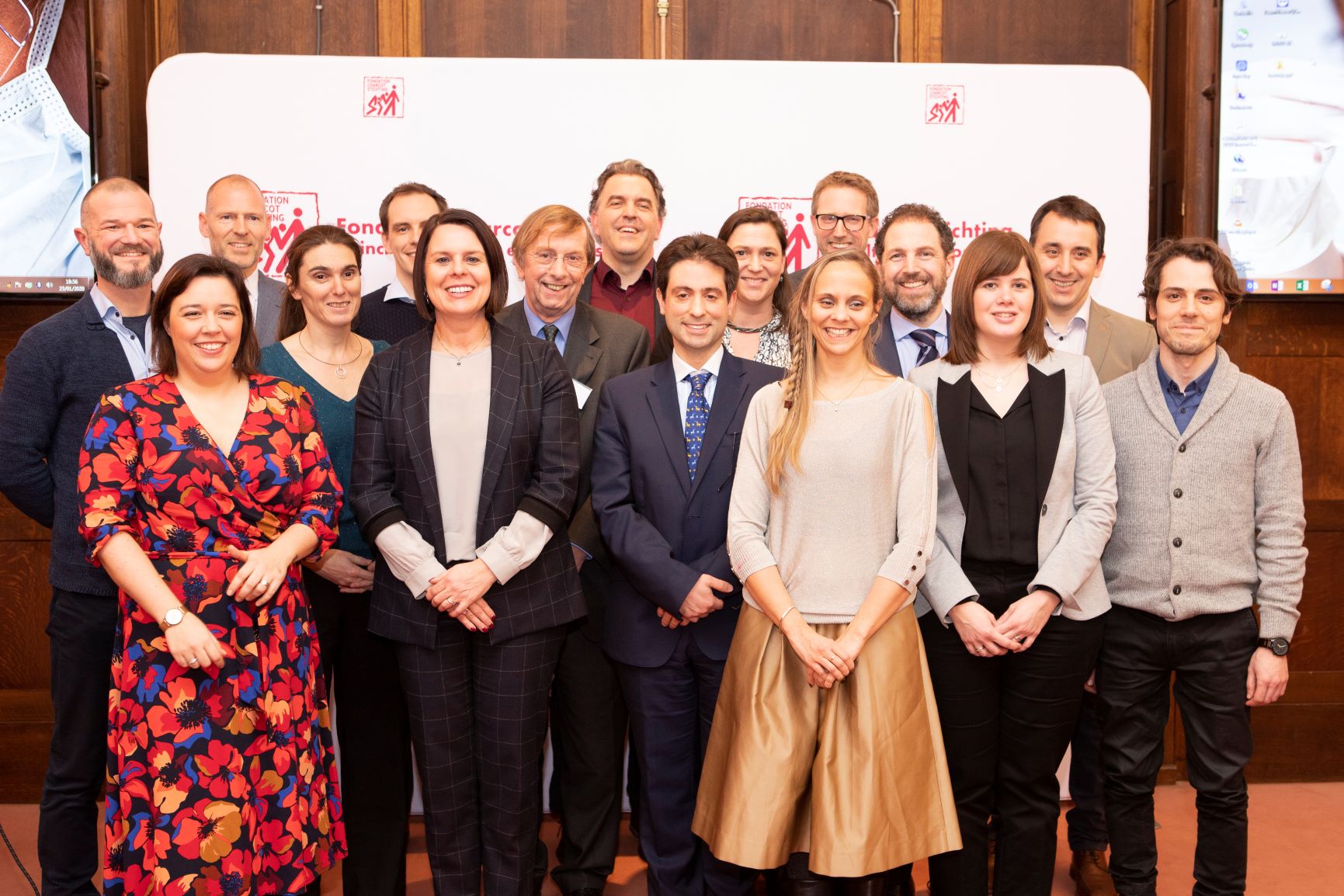Today's heroes are not only the care workers, but also the men and women in the shadows in logistics, the post office, garbage collectors, etc., not forgetting the researchers. Their mission is to find ways to solve this crisis, today but also tomorrow. MS patients are a high-risk group and, like the rest of the population, need to follow the recommendations scrupulously and more. The Charcot Foundation remains available for any questions and will relay them to expert neurologists. Our fund-raising actions are continuing because tomorrow too, research will be essential to find better treatments, faster diagnosis and possible prevention.
Thirty years ago, treatment for multiple sclerosis was very limited and, if it was already available, very often accompanied by side effects that were too severe. Research has made it possible to develop concrete treatments for some of the different forms of this disease. Treatments that are less invasive, more effective and that inhibit the development of MS. In order to continue these positive developments, basic research is essential.
Innovation and concrete results
In its collaboration with researchers, the Fondation Charcot Stichting. has two objectives.
Innovation, because basic research must be revolutionary. Basic research is the only way to achieve better treatments. Today more than ever, it is necessary to promote this basic research in MS, interuniversity, interdisciplinary, with a global approach to the disease. Every door that closes or opens in current research leads to avenues where researchers can find treatments that benefit patients, whether they have MS or another disease. With this in mind, for MS, the path to remyelination - the process by which protective cells are rebuilt around a nerve to make it work again - is open.
The second objective is the need to achieve concrete results. This down-to-earth approach also means supporting research that directly improves patient comfort. Such as developing a different method of drug delivery that could significantly improve the effectiveness of the drug while being less invasive. Prevention and patient-specific treatments are also on the horizon.
Find out more about the 10 teams at work here.

